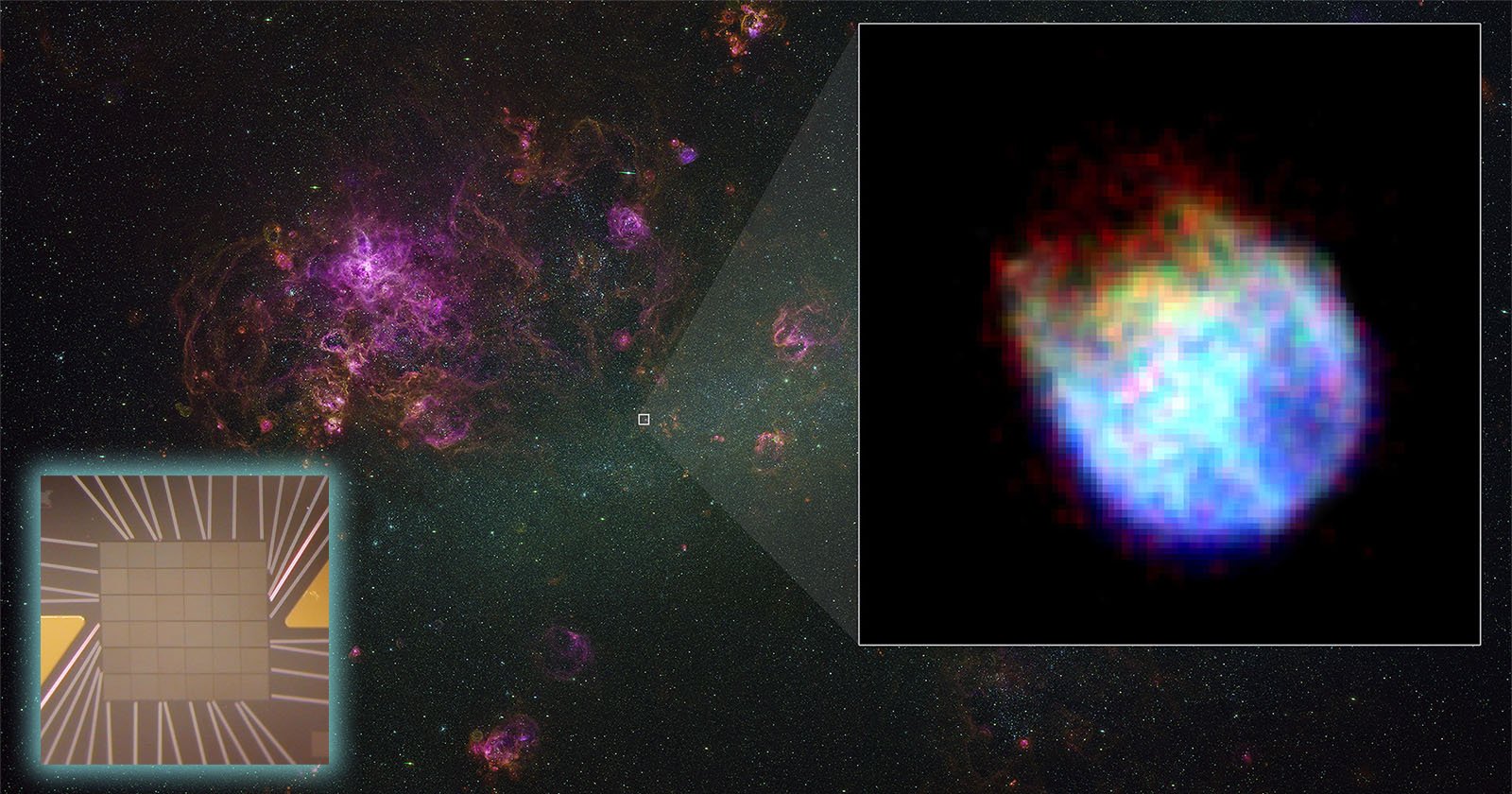NASA’s latest space camera, the X-ray Imaging and Spectroscopy Mission (XRISM), might sound unimpressive at first glance—it only has 36 pixels. But don’t let the low pixel count fool you; XRISM is revolutionizing space science in ways you wouldn’t expect.
Working in collaboration with the Japan Aerospace Exploration Agency (JAXA), XRISM is equipped with Resolve, an imaging instrument that detects soft X-rays. Despite its small size, Resolve is capable of capturing a wealth of information about the cosmos, examining everything from supermassive black holes to distant galaxy clusters.
So, what can scientists possibly achieve with just 36 pixels? Quite a lot, it turns out. Resolve’s pixels are not your average pixels—they can detect changes in temperature caused by incoming X-rays with incredible precision. This allows Resolve to produce detailed spectra of X-ray-emitting objects, revealing valuable insights into their composition and behavior.
Resolve’s capabilities go even further. It can detect the motions of individual elements within its target, providing scientists with a 3D view of distant objects. Additionally, Resolve can track the flow of gas within galaxy clusters and study the aftermath of supernova explosions.
To achieve such remarkable feats, Resolve’s sensor must be kept extremely cold. Using a sophisticated cooling system, the sensor is chilled to temperatures just a fraction above absolute zero.
Despite its modest pixel count, Resolve represents a major advancement in astrophysics. It offers the most detailed and precise X-ray spectrum data ever collected, paving the way for new discoveries and deepening our understanding of the universe.
So, while it may seem surprising that a camera with only 36 pixels is pushing the boundaries of space exploration, it’s true. XRISM and Resolve are reshaping our perspective of the cosmos and ushering in a new era of discovery.















































